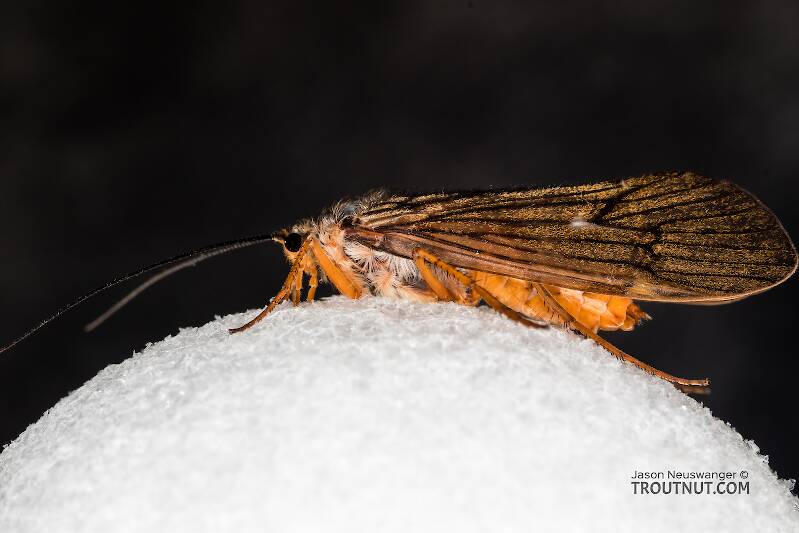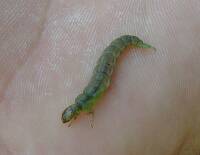
Salmonflies
Pteronarcys californica
The giant Salmonflies of the Western mountains are legendary for their proclivity to elicit consistent dry-fly action and ferocious strikes.
Featured on the forum

As far as I can tell, this species has only previously been reported from one site in Oregon along the Columbia gorge. However, the key characteristics are fairly unmistakable in all except for one minor detail:
— 4 small yellow spots on frons visible in photos
— Narrow occipital spinule row curves forward (but doesn’t quite meet on stem of ecdysial suture, as it's supposed to in this species)
— Short spinules on anterior margin of front legs
— Short rposterior row of blunt spinules on abdominal tergae, rather than elongated spinules dorsally
I caught several of these mature nymphs in the fishless, tiny headwaters of a creek high in the Wenatchee Mountains.
— 4 small yellow spots on frons visible in photos
— Narrow occipital spinule row curves forward (but doesn’t quite meet on stem of ecdysial suture, as it's supposed to in this species)
— Short spinules on anterior margin of front legs
— Short rposterior row of blunt spinules on abdominal tergae, rather than elongated spinules dorsally
I caught several of these mature nymphs in the fishless, tiny headwaters of a creek high in the Wenatchee Mountains.

Troutnut is a project started in 2003 by salmonid ecologist Jason "Troutnut" Neuswanger to help anglers and
fly tyers unabashedly embrace the entomological side of the sport. Learn more about Troutnut or
support the project for an enhanced experience here.
This topic is about the Caddisfly Family Limnephilidae
This huge family appropriately contains huge caddisflies. Many of its genera are important, but the western genus Dicosmoecus (the Giant Orange Sedge or October Caddis) is especially important as a big-trout hatch.Limnephilidae contains so many species that it is difficult to generalize about them all. LaFontaine commented on the task in Caddisflies:
The fact that fly fishermen need broad principles of biology, not a collection of exceptions, makes it difficult to handle this family.
I recommend learning which genera or species are prevalent in your area and studying them specifically.
Example specimens
GONZO on Oct 8, 2006October 8th, 2006, 1:19 pm EDT
I believe the genus Apatania is in its own family--Apataniidae. Also, because not all Limnephilidae are "giants," the most frequently used common name for this family is "Northern Caddisflies."
Troutnut on Oct 9, 2006October 9th, 2006, 5:12 am EDT
Thanks. I've just made all those changes. I hadn't seen the "Northern Caddisfly" name before.
Jason Neuswanger, Ph.D.
Troutnut and salmonid ecologist
Troutnut and salmonid ecologist
Taxon on Oct 9, 2006October 9th, 2006, 5:44 am EDT
Gonzo & Jason-
Northern Casemakers is the common name I've more often seen family Limnephilidae called.
Northern Casemakers is the common name I've more often seen family Limnephilidae called.
GONZO on Oct 9, 2006October 9th, 2006, 8:04 am EDT
Roger's right, "Casemakers" is probably more common, but both are used. (Actually, I included both in my original post, but edited out "Casemakers" when I couldn't remember if it was one word, two words, or hyphenated. I didn't want to make an incorrect correction.) I've also seen "Diverse Caddisflies," which certainly fits this vast and confusing family.
Quick Reply
Related Discussions
Topic
Replies
Last Reply
7
Nov 20, 2006
by GONZO
by GONZO
1
Aug 24, 2006
by Troutnut
by Troutnut








